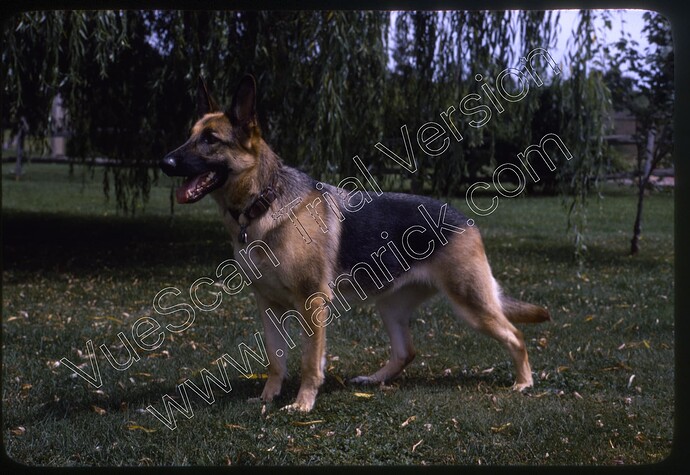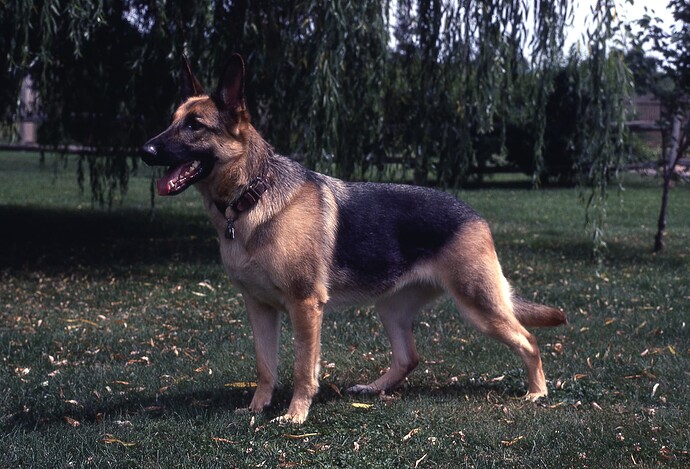First off, don’t worry about the slide holders. They’re convenient, but they’re just a plastic frame for positioning slides. You can make your own with a sheet of cardboard. Just cut slide-size holes in it so that they are under the transparency projector in the lid.
The only potential gotcha is that the holders have a notch in them toward the back of the holder, which you also need to cut out (the transparency projector shines through it for some self-calibration mode). At least that’s the case for my Perfection 4870 Photo scanner.
Don’t bother with the included software. EpsonScan works, but I don’t think it’s a very good app.
VueScan does support Digital ICE. Well, to be pedantic, they don’t support that, because Digital ICE is a trademarked name/algorithm. But they do support scanning with the infrared lamp (using their own algorithm, which they claim is better than the ICE algorithm) in order to detect and remove dust. You can check if it has support for your hardware on the scanner support page. Here’s the page for an Epson V600 and IR scanning is supported.
I personally use SilverFast for my scanning. It’s a bit more expensive, although the entry-level “SE” version is not too expensive ($50), unless you need Kodachrome support, which is only in the “SE Plus” version ($100). It has V600 support and has its own IR-based scratch removal system (iSRD). There is a bit of a learning curve, but it’s not hard to figure out and it has very good support for scanning slides and negatives, including a database of popular film types for more precise color calibration.
One feature I use a lot in SilverFast is batch scanning. With this, after you perform the preview scan, you can drag rectangles around multiple images (e.g. each slide in the holder). The software will scan each of those rectangles to a separate output file (or a separate document window if you’re scanning via the Photoshop plugin). This way you can set up as many slides as will fit on the glass, start a batch scan and go do something else while it runs (see below - high resolution scanning can take a long time).
It appears that VueScan also supports this via the Multi crop feature.
The biggest problem with scanning slides on any flatbed scanner is that it takes a long time. Scanning a slide at 3600 dpi (which will produce an image of about 5040x3384 from a standard 35mm slide, and will print to 8.5x11 paper at about 400 dpi) may take several minutes per slide. It’s been a while since I scanned slides, but I remember that a tray of 8 slides on my scanner took well over an hour to complete.
You can scan at lower resolutions, but the results may not be good enough if you want to make prints or copy regions of the image later on. You may be able to scan at higher resolutions (a V600’s optical DPI is 6400), but in my experience, that is scanning finer than the film’s grain, so you don’t gain anything in exchange for an even slower scan and larger file sizes.
Because of the time involved, you may find it worthwhile to hire someone to scan your slides if you have a lot to do, otherwise you’re going to be spending a lot of time with the computer as you scan everything.


